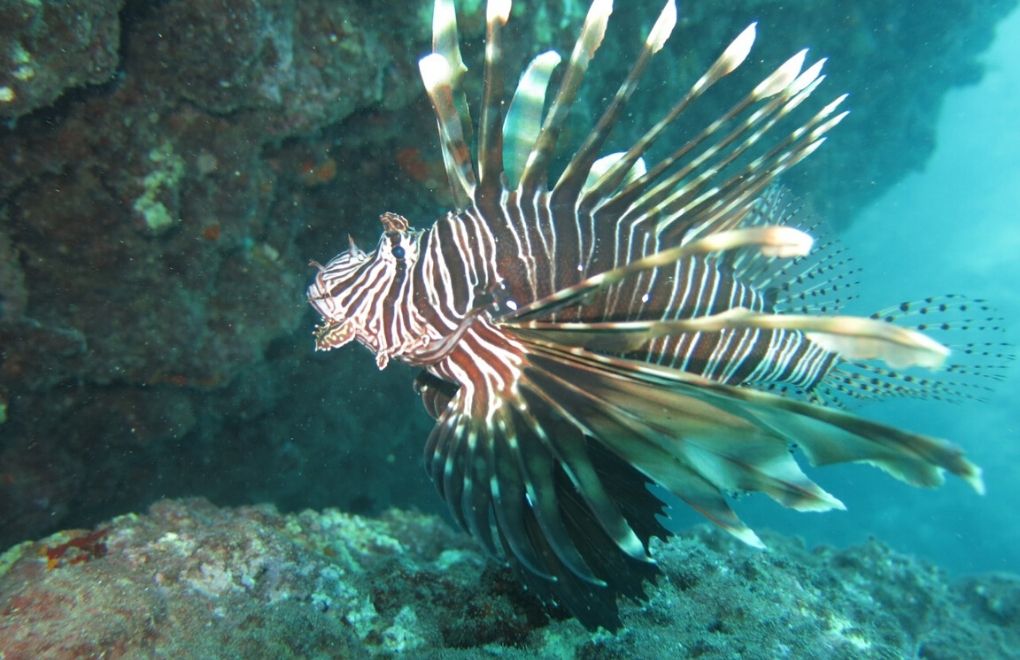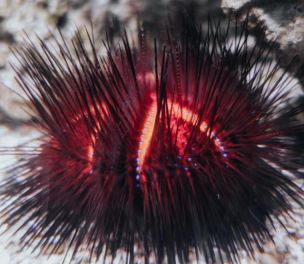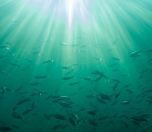Click to read the article in Turkish
Ministry of Agriculture and Forestry, General Directorate of Nature Conservation and National Parks and the United Nations Development Programme (UNDP) have launched a joint project "Addressing Invasive Alien Species Threats at Key Marine Biodiversity Areas."
Aiming to minimize the negative impacts of invasive alien species in Turkey's coastal and marine ecosystems, the project will be first launched in four pilot areas, namely in İğneada in Kırklareli; on Marmara Islands in Balıkesir; on Ayvalık Islands in Balıkesir; and Samandağ in Hatay.
While the project is anticipated to target the invasive alien species such as the veined whelk (Rapana venosa), North Atlantic seastar (Asterias rubens), and lionfish (Pterois spp.), the project strategy will follow a three-stage approach in addressing these species outlined by the Convention on Biological Diversity (CBD): Prevention, control and mitigation.
The project also seeks to promote gender equality and women's empowerment within the scope of these aims and activities.
'Invasive alien species'Turkey's coastline stretches 8,333 km, bordering four different major seas: the Mediterranean, Aegean, Marmara and Black Seas. These extensive marine ecosystems support Turkey's overall high level of marine biodiversity. In total, nearly 5,000 plant and animal species have been identified in Turkey's marine waters. Invasive Alien Species (IAS) have been identified by the Ministry of Forestry and Water Affairs (MFWA) as one of the principal threats to Turkey's marine biodiversity. Approximately 450 IAS have been reported on the coasts of Turkey. In the 2011 national review of Invasive Alien Species in marine waters, It was found that 66 percent of the total IAS in Turkey's coastal waters arrived via the Suez Canal while 30 percent arrived via ship transport. |
The aims of the projectThe project aims to minimize the negative impacts of Invasive Alien Species in order to support the conservation of the globally significant native biodiversity of Turkey's coastal and marine ecosystems. The project aims to ensure resilience of marine and coastal ecosystems through strengthened capacities and investment in prevention, detection, control and management of Invasive Alien Species. The project also seeks to promote gender equality and women's empowerment, to the extent relevant and feasible within the scope of the project. In order to achieve the project objective, and address the barriers, the project's intervention has been organized into three components. Main components of the projectThe project will achieve its objective through working on three components. Component 1. Effective national policy framework on marine Invasive Alien Species
Component 3. Investment in sustainable management, prevention, eradication, and control of IAS and restoration of IAS- degraded habitat at key marine and coastal areas
|
(EKN/SD)






